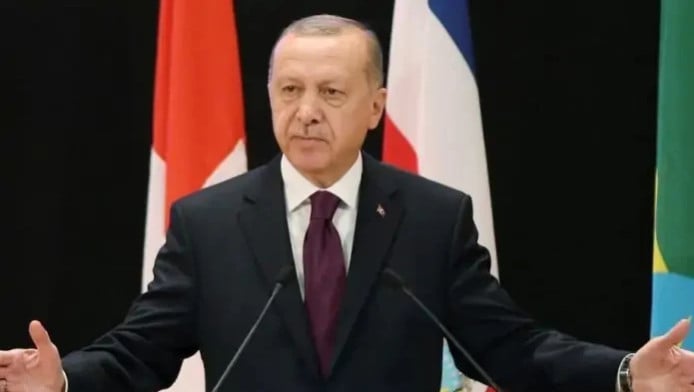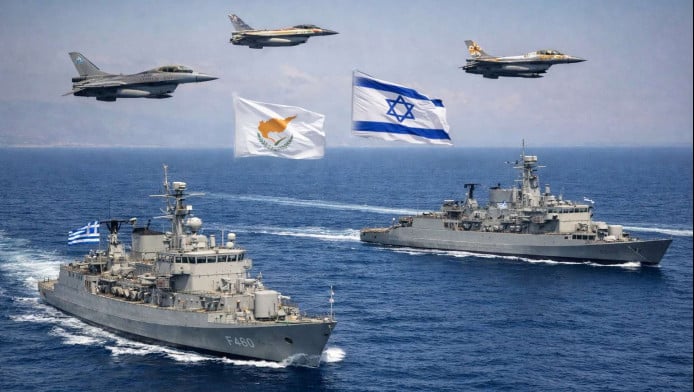By Aggelos Chorianopoulos
The #HIMARS (High Mobility Artillery Rocket System) is a highly mobile rocket artillery system that can be rapidly deployed to provide responsive and precise indirect fire support. It can launch a variety of rockets and missiles, including the #GMLRS (Guided Multiple Launch Rocket System) and #ATACMS (Army Tactical Missile System), with ranges of up to 300 kilometers. The HIMARS can be operated by a small crew and is highly mobile, making it well-suited for expeditionary and maneuver warfare.
Mission Command Doctrine
Mission Command is a military doctrine that emphasizes the decentralization of decision-making and the empowerment of subordinate leaders to take initiative and exercise independent judgment. It is based on the principle of "commander's intent", which provides clear guidance and objectives to subordinates, but allows them to adapt their tactics and methods to changing circumstances on the battlefield. Mission Command is designed to enhance flexibility, adaptability, and resilience in military operations, and to enable rapid and effective decision-making in complex and unpredictable environments.
Combining HIMARS and Mission Command
The HIMARS system can be highly effective when integrated with the principles of Mission Command. By allowing subordinate leaders to take initiative and exercise independent judgment, the HIMARS system can provide responsive and precise indirect fire support to ground troops, enabling them to maneuver and exploit opportunities on the battlefield. This can help to enhance the flexibility and agility of ground forces, while also providing a powerful force multiplier that can help to overcome enemy defenses.
One key aspect of combining HIMARS and Mission Command is effective communication and coordination between ground troops and the HIMARS crew. Ground commanders must be able to provide clear guidance and objectives to the HIMARS crew, while also allowing them the flexibility to adapt their tactics and methods to changing battlefield conditions. This requires a high degree of trust and mutual understanding between the two sides, as well as effective communication systems and procedures.
Another important aspect is the ability to rapidly deploy and maneuver the HIMARS system in response to changing battlefield conditions. The HIMARS can be transported by air, sea, or land, and can be rapidly deployed to provide support to ground forces in a variety of environments. This requires effective logistics and planning, as well as a high degree of flexibility and adaptability on the part of both ground troops and the HIMARS crew.
In conclusion, the HIMARS rocket artillery system can be a highly effective tool when combined with the principles of Mission Command. By allowing subordinate leaders to take initiative and exercise independent judgment, while also providing responsive and precise indirect fire support, the HIMARS system can enhance the flexibility, agility, and effectiveness of ground forces on the battlefield. However, this requires effective communication, coordination, and logistics, as well as a high degree of trust and mutual understanding between ground troops and the HIMARS crew.
















































 Super League
Super League
 Premier League
Premier League
 Παγκόσμιο Κύπελλο Συλλόγων
Παγκόσμιο Κύπελλο Συλλόγων
 Champions League
Champions League
 Europa League
Europa League
 UEFA Conference League
UEFA Conference League
 Bundesliga
Bundesliga
 Serie A
Serie A
 La Liga
La Liga
 Ligue 1
Ligue 1
 Superleague 2
Superleague 2
 Κύπελλο Ελλάδας
Κύπελλο Ελλάδας
 Euroleague
Euroleague
 Basket League
Basket League
 NBA
NBA
 Eurocup
Eurocup
 Basketball Champions League
Basketball Champions League
 Volley
Volley
 Tennis
Tennis
 Πόλο
Πόλο
 Στίβος
Στίβος
 Αυτοκίνητο
Αυτοκίνητο
























